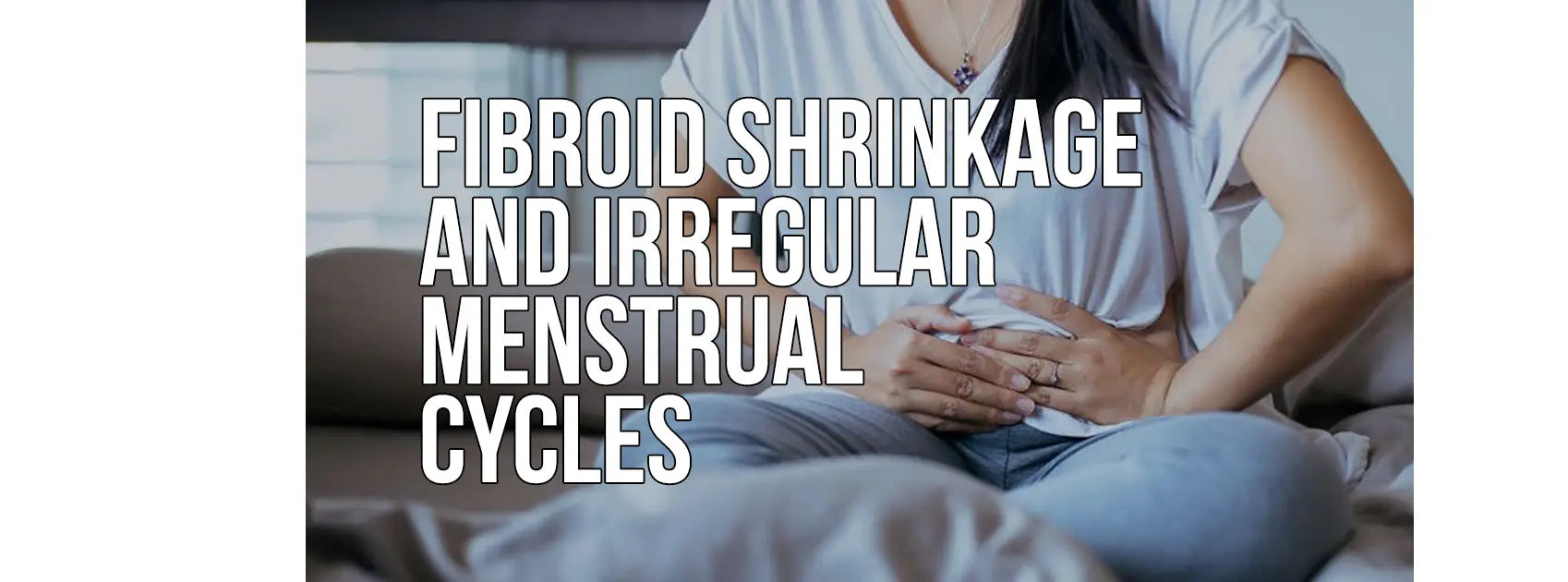
Fibroid Shrinkage and Irregular Menstrual Cycles
If you are a woman and if you are in the reproductive stage of life, you have likely experienced complicated menstrual cycles two or three times per year. You are not alone, studies have shown at least 70% of women experience difficult menstrual cycles throughout their lifetime. This includes heavy bleeding, painful menstruation, abdominal pain and cramps, thigh, and calf pain. Ultimately this can lead to painful sexual intercourse and reduction in libido.
A menstrual cycle averages between twenty-one to thirty-five days but this is not the case for many women. Sometimes they will have longer periods or will not experience menstruation for one to two months. The menstrual cycle is a tightly regulated complex cycle involving the hypothalamus and pituitary in the brain, ovaries, and the uterus of the reproductive system in a female body.
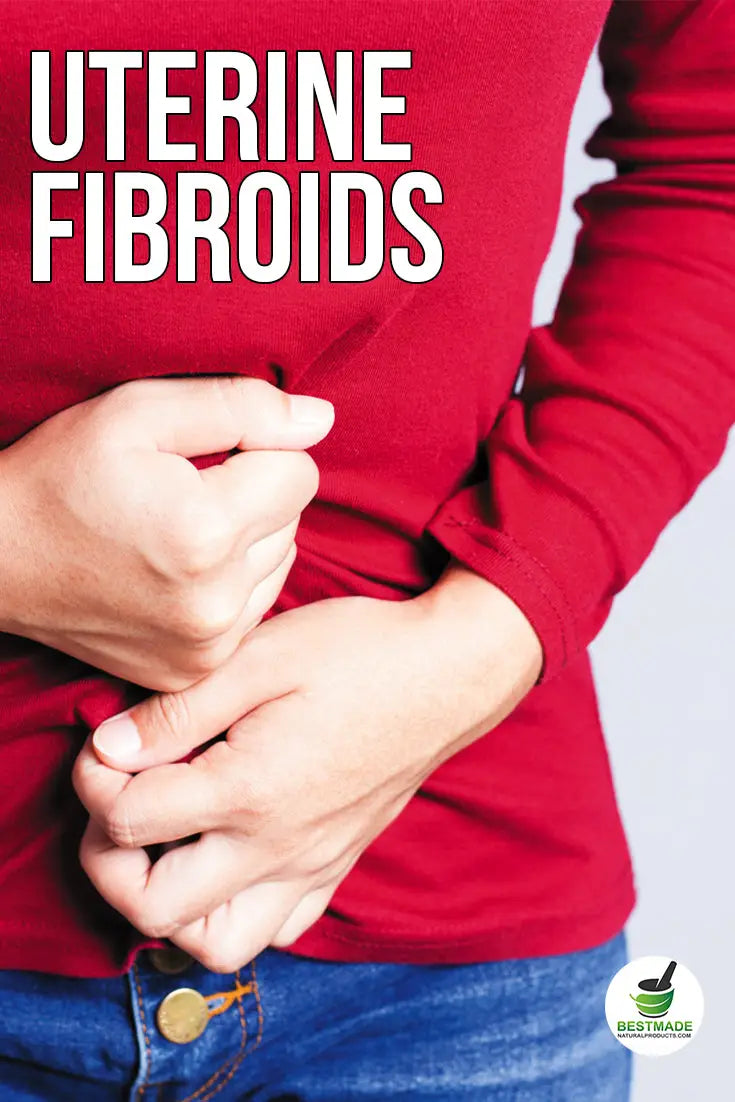
Many hormones such as follicular stimulating hormones, luteinizing hormone, estrogen, and progesterone help in maintaining a regular menstrual cycle. Even the slightest fluctuations of these hormones can cause irregularities in the menstrual cycle leading to complications.
Proper levels of estrogen are needed for the development of follicles in the uterus which ensures fertilization takes place and a successful pregnancy is achieved. It is very important to have a stable physiological estrogen level during the early period of the menstrual cycle. Estrogen imbalances can lead to subfertility or anovulatory cycles where there is no ovulation. Progesterone is important towards the end of a menstrual cycle. Progesterone prepares the uterus to receive the egg from the ovaries, to make sure fertilization and implantation of the fertilized egg take place properly. Imbalances can lead to early or late menstrual bleeding, bloating, cramps and heavy, painful menstrual bleeding.
If you are experiencing symptoms like heavy menstrual bleeding, menstrual periods lasting more than a week, pelvic pressure or pain, frequent urination, difficulty emptying the bladder, constipation, backache, or leg pains it may be due to a common condition experienced during the childbearing age called fibroids.
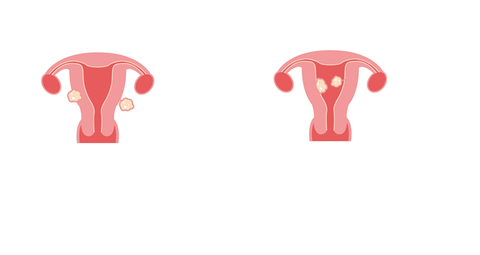 Fibroids, which are also called leiomyoma, is a non-cancerous growth of tissue in the wall of the uterus. The size of the fibroids can range from microscopic non-detectable masses too large bulky masses that can expand the uterus to the levels of the ribcage.
Fibroids, which are also called leiomyoma, is a non-cancerous growth of tissue in the wall of the uterus. The size of the fibroids can range from microscopic non-detectable masses too large bulky masses that can expand the uterus to the levels of the ribcage.
Some fibroids contain tissues from other parts of the body such as hair, cartilage, bone, and fat. Many women have uterine fibroids sometime during their lives. But most women don't know they have uterine fibroids because they often cause no symptoms. However uterine fibroids are one of the leading causes of subfertility and irregular menstrual cycles. Fibroids are the leading indication for hysterectomy and their management averages $21 billion annually in the US. No long-term minimally invasive therapies exist.
In 2009, a large study was carried out across many countries in the world on women with irregular menstrual cycles and it was found that in the UK nearly 5% of women had self-reported fibroids and the risk of fibroids increased after menopause. Fibroids were found to be the cause of irregular menstrual bleeding, heavy menstrual bleeding, and prolonged menstrual bleeding in about 40-50% of the women and nearly 25% of women experienced painful intercourse. Nearly 60% of women have reported fibroids to have a negative impact on the quality of their life. A significant percentage reported a chronic backache, abdominal pain, bloating, cramps and reduced performance at work associated with fibroids.
Uterine fibroids, uterine cysts, irregular menstrual cycles caused by abnormal estrogen levels have been found as the commonest causes of complicated menstrual cycles and much research is done on reducing these risk factors. Modern clinical trials focus on natural remedies from evidenced-based medical practices such as homeopathy.
Studies have shown Calcarea fluorica, and Calcarea carb help in reducing prolonged menstrual cycles, and help to reduce constipation and chronic backache experienced during irregular menstrual cycles. A recent study published in Biomed Central journal showed Calcarea carbonica has an amazing effect of killing cells that are not natural and cells that is carcinogenic. This effect of Calcarea help reduce the size of uterine fibroids and reduce the risk of uterine cancer.
Fraxinus (Ash) Plant
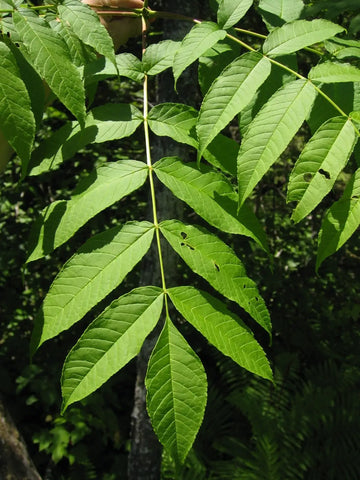
Fraxinus is another important remedy that helps relieve menstrual cramps and reduce painful intercourse. Clinical trials were done with one tablet of Oophorinum an extract of ovaries given daily from days five to nine of the menstrual cycle has shown significant remediation where there was an irregularity of the cycle, ovarian cysts or infertility.
References:
Zimmermann, A., Bernuit, D., Gerlinger, C., Schaefers, M. and Geppert, K. (2012). Prevalence, symptoms, and management of uterine fibroids: an international internet-based survey of 21,746 women. BMC Women's Health, 12(1).
Unsal, A., Ayranci, U., Tozun, M., Arslan, G. and Calik, E. (2010). Prevalence of dysmenorrhea and its effect on quality of life among a group of female university students. Upsala Journal of Medical Sciences, 115(2), pp.138-145.
Saha, S., Hossain, D., Mukherjee, S., Mohanty, S., Mazumdar, M., Mukherjee, S., Ghosh, U., Nayek, C., Raveendar, C., Khurana, A., Chakrabarty, R., Sa, G. and Das, T. (2013). Calcarea carbonica induces apoptosis in cancer cells in p53-dependent manner via an immuno-modulatory circuit. BMC Complementary and Alternative Medicine, 13(1).



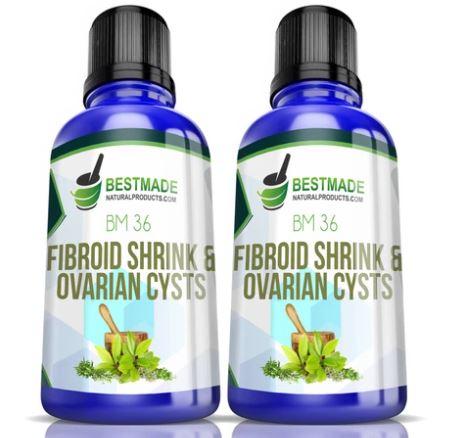
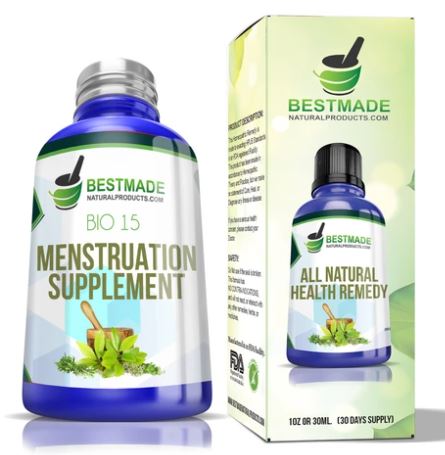


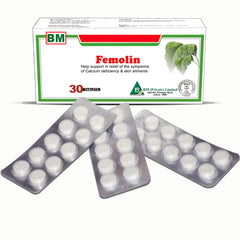
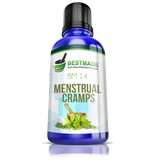
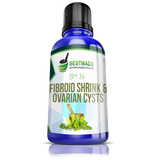
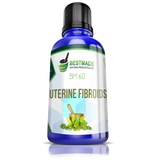
I take a progestin birth control to shrink my fibroids, can I take both
I’m on a birth control (Northendrone to help with heavy prolong bleeding due to Fibroids can i take this product
Leave a comment